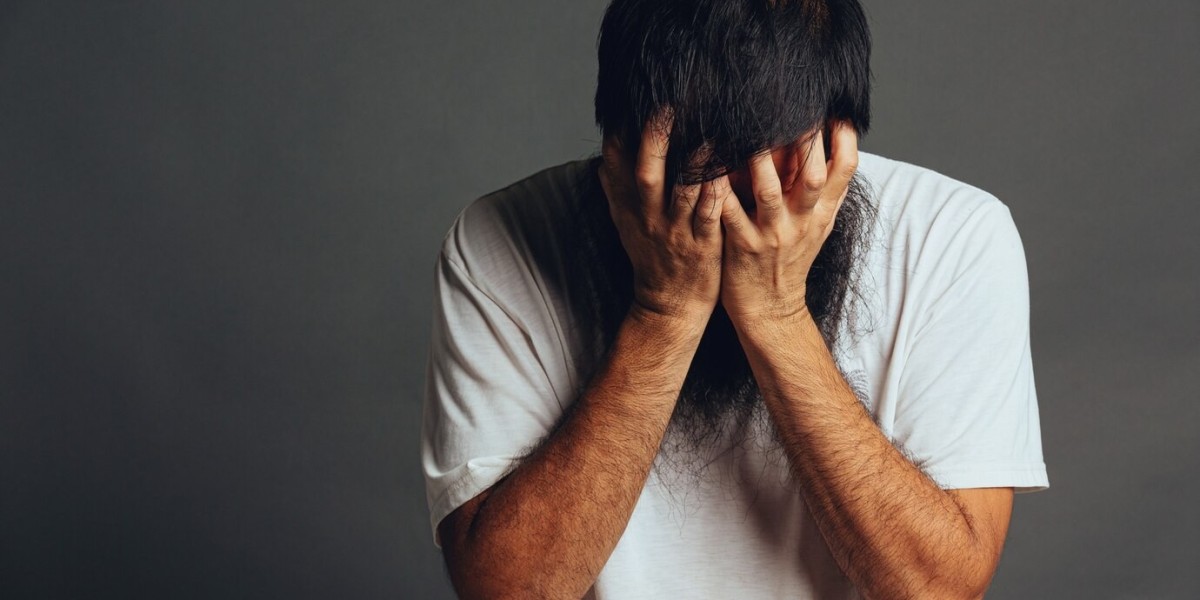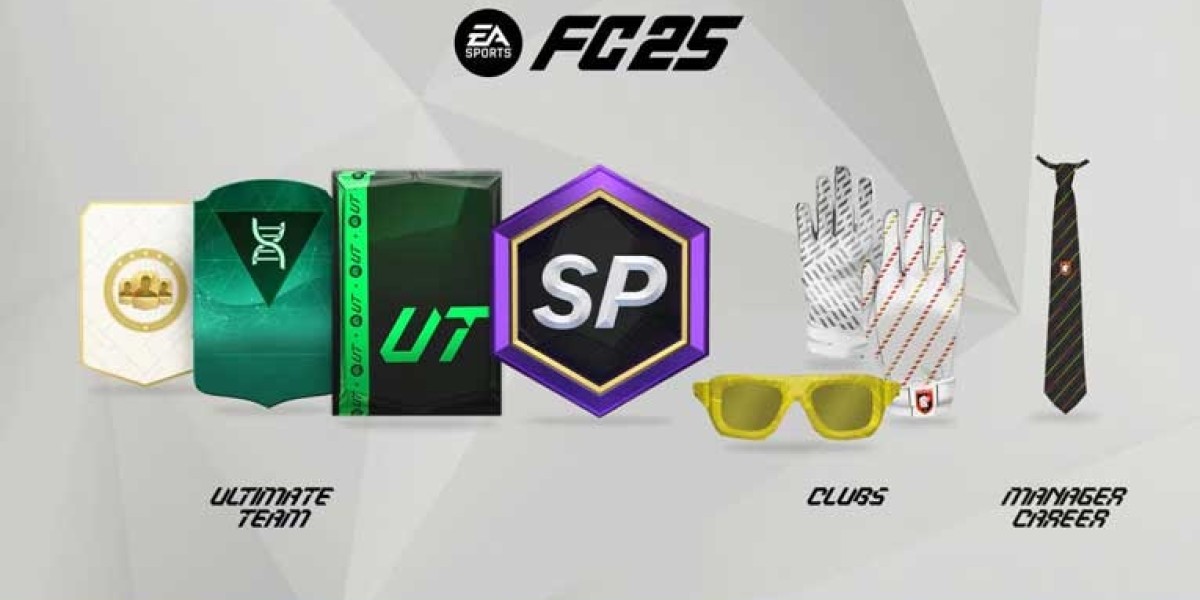In today’s fast-paced world, stress and anxiety have become common experiences. But when does everyday worry turn into something more serious? Many people use the terms “anxiety attack” and “panic attack” interchangeably, but they are not the same thing.
Understanding the difference between anxiety vs. panic attacks is crucial for recognizing symptoms, seeking appropriate treatment, and managing these overwhelming experiences effectively.
Anxiety vs. Panic Attacks: Similar but Not the Same
Both anxiety vs. panic attacks can be distressing, often causing a mix of physical and emotional symptoms. However, they stem from various sources, develop in diverse ways, and require different coping strategies.
Anxiety: A Gradual Build-Up of Worry
Anxiety is a normal response to stress, uncertainty, or perceived danger. It is your body’s way of preparing you to deal with a challenge, whether it is a big exam, an important presentation, or a difficult conversation. However, when anxiety becomes excessive, persistent, and difficult to control, it can interfere with daily life.
Common Symptoms of Anxiety:
- Excessive worry about the future or past
- Restlessness or feeling on edge
- Difficulty concentrating
- Muscle tension and headaches
- Increased heart rate or rapid breathing
- Trouble sleeping
Anxiety builds gradually. It lingers in the background, growing in intensity over time. While it can be debilitating, it does not cause the sudden, extreme episodes that define panic attacks.
Panic Attacks: The Sudden Storm
Unlike anxiety, a panic attack is an intense and sudden episode of overwhelming fear. It often comes without warning and reaches its peak within minutes. Panic attacks can happen even when there is no obvious trigger, making them feel unpredictable and terrifying.
Common Symptoms of Panic Attacks:
- Pounding or racing heart
- Shortness of breath or feeling like you cannot breathe
- Chest pain or tightness
- Dizziness or lightheadedness
- Sweating and chills
- Nausea or stomach discomfort
- A sense of detachment from reality
- Fear of losing control or dying
Panic attacks typically last between 5 to 30 minutes, but the aftermath can leave individuals feeling exhausted and emotionally drained. They can occur as isolated incidents or be a symptom of panic disorder, a condition characterized by recurrent and unexpected panic attacks.
Key Differences Between Anxiety vs. Panic Attacks
Feature | Anxiety | Panic Attack |
Onset | Gradual build-up over time | Sudden and abrupt |
Intensity | Mild to moderate, persistent | Severe and overwhelming |
Duration | Can last for hours or even days | Peaks within 10-15 minutes and fades |
Triggers | Often linked to specific worries or stressors | Can occur unexpectedly, without a clear trigger |
Physical Symptoms | Muscle tension, restlessness, trouble sleeping | Racing heart, shortness of breath, chest pain, dizziness |
Cognitive Impact | Worrying thoughts that persist | Feeling of losing control, detachment from reality |
What Causes Anxiety vs. Panic Attacks?
Triggers for Anxiety:
- Work or school pressure
- Financial worries
- Relationship problems
- Health concerns
- Trauma or past experiences
- Perfectionism or overthinking
Anxiety is often linked to prolonged stress. People with generalized anxiety disorder (GAD) tend to experience persistent worry about various aspects of life, even when there is no immediate threat.
Triggers for Panic Attacks:
- Stressful life events (loss of a loved one, divorce, job loss)
- Major life transitions
- Excessive caffeine or substance use
- Chronic health conditions
- Phobias (such as fear of enclosed spaces or social situations)
For some individuals, panic attacks seem to come out of nowhere, making them even more distressing. Those with panic disorder often develop a fear of future attacks, which can lead to avoidance behaviors and further anxiety.
How to Cope with Anxiety vs. Panic Attacks
Managing Anxiety:
- Deep Breathing: Practicing slow, controlled breathing can help calm your nervous system.
- Mindfulness and Meditation: Grounding techniques help bring focus to the present moment and reduce anxious thoughts.
- Exercise: Physical activity releases endorphins, which naturally reduce stress and improve mood.
- Healthy Lifestyle Choices: A balanced diet, proper sleep, and limited caffeine or alcohol intake can regulate anxiety levels.
- Cognitive-Behavioral Therapy (CBT): Therapy helps identify and reframe negative thought patterns.
- Journaling: Writing down anxious thoughts can help process emotions and identify triggers.
Stopping a Panic Attack in Its Tracks:
- Use the 5-4-3-2-1 Technique: Identify five things you can see, four things you can touch, three things you hear, two things you smell, and one thing you taste to ground yourself.
- Focus on Breathing: Try box breathing (inhale for four seconds, hold for four, exhale for four, and hold again for four).
- Reassure Yourself: Remind yourself that panic attacks are not dangerous and will pass.
- Find Safe Space: If possible, move to a quiet place where you feel more comfortable.
- Engage Your Senses: Holding a cold object or splashing water on your face can help disrupt the panic cycle.
- Seek Support: Let a trusted friend or family member know what you are experiencing.
Anxiety vs. Panic Attack: When to Seek Professional Help
If anxiety vs. panic attacks interfere with daily life, seeking professional help is essential. Therapy, medication, and lifestyle changes can significantly improve symptoms and overall well-being.
Signs You Should See a Professional:
- Anxiety or panic attacks occur frequently and disrupt daily life.
- You avoid certain places or situations due to fear of an attack.
- Your symptoms cause difficulty at work, school, or in relationships.
- You experience physical symptoms (chronic headaches, stomach issues) linked to stress.
- Self-help strategies are not enough to manage your symptoms.
Treatment Options:
- Therapy: Cognitive-Behavioral Therapy (CBT) is highly effective for both anxiety and panic attacks.
- Medication: Antidepressants or anti-anxiety medications may help regulate brain chemistry.
- Lifestyle Adjustments: Stress management techniques, proper nutrition, and relaxation exercises can improve symptoms.
- Support Groups: Connecting with others who understand your experiences can be incredibly beneficial.
Breaking the Stigma
Many people hesitate to talk about anxiety and panic attacks due to stigma. By educating ourselves and others about the realities of anxiety and panic attacks, we can create a more understanding and supportive world. If you or someone you know struggles with anxiety or panic attacks, remember you are not alone, and help is available.
You may also read: Brain Fog, Numbness, and Fatigue: The Hidden Side of MS
Final Thoughts
Anxiety vs. panic attacks may share similarities, but understanding their differences can empower individuals to manage them effectively. Anxiety is a lingering worry that builds over time, while panic attacks are intense and sudden bursts of fear. Both can be overwhelming, but with the right coping strategies and support, they can be managed.
If you or someone you love experiences anxiety vs. panic attacks, reach out to a professional. You deserve support, healing, and peace of mind. Mental health matters, and so do you.



